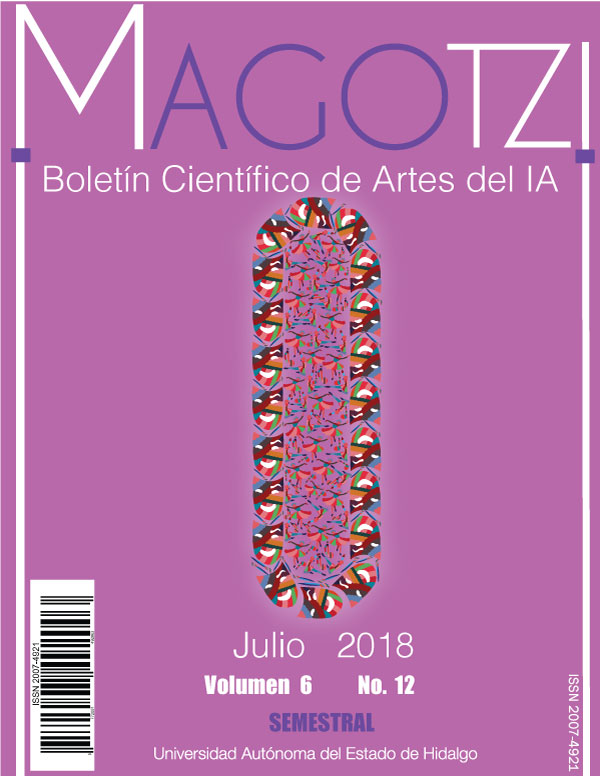Electrography: notes for a definition about the current graph
DOI:
https://doi.org/10.29057/ia.v6i12.3173Keywords:
Art, engraving, graphic, image, current, concepts, electrography, engravers, artistsAbstract
The learning and development of engraving in art schools has remained in the traditional art, but it is also on a par with contemporary engraving, which has called into question the traditional technical procedures that have not ceased to occur, Technological advances have not succeeded in substituting that infinite influence of orthodoxy. In this way, the engraving has been immersed in the experimentation, thus generating the hybridization of its technical processes and formulating a new image from its own tools and supports. Thus, the current graphical term, was extended in such a way that in the events and expositions so-called recorders shared space with designers and graphic communicators; Practically the term of engraver was replaced by the one of graphic artist or visual artist. The current graph does not pretend to disappear to the engraving, on the contrary, it recognizes and revalues it giving its place because the confluence of new methods in the graphic languages, such as the Electrography, would not be possible without a technological and conceptual maturation.
Downloads
Publication Facts
Reviewer profiles N/A
Author statements
Indexed in
- Academic society
- N/A
References
Bauman, Z. (2007). Arte, ¿líquido?: Madrid: Ediciones Sequitur.
Loaiza-Jiménez, M. (2000). “Novísima y renovada gráfica. Donde cada mancha es un continente emotivo”, en Gráfica Actual, p. 11. Ciudad de México: UAM-Iztapalapa,



















